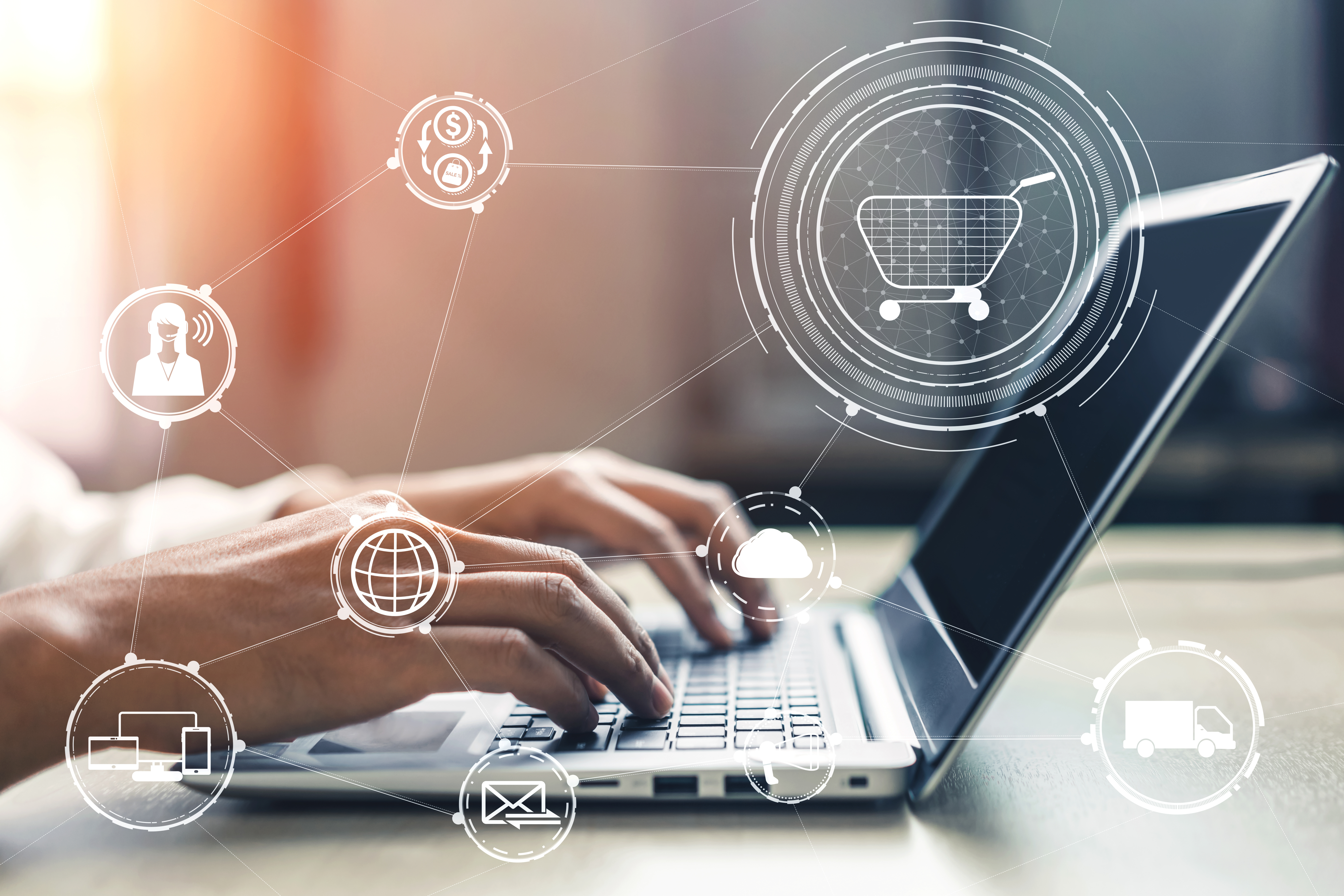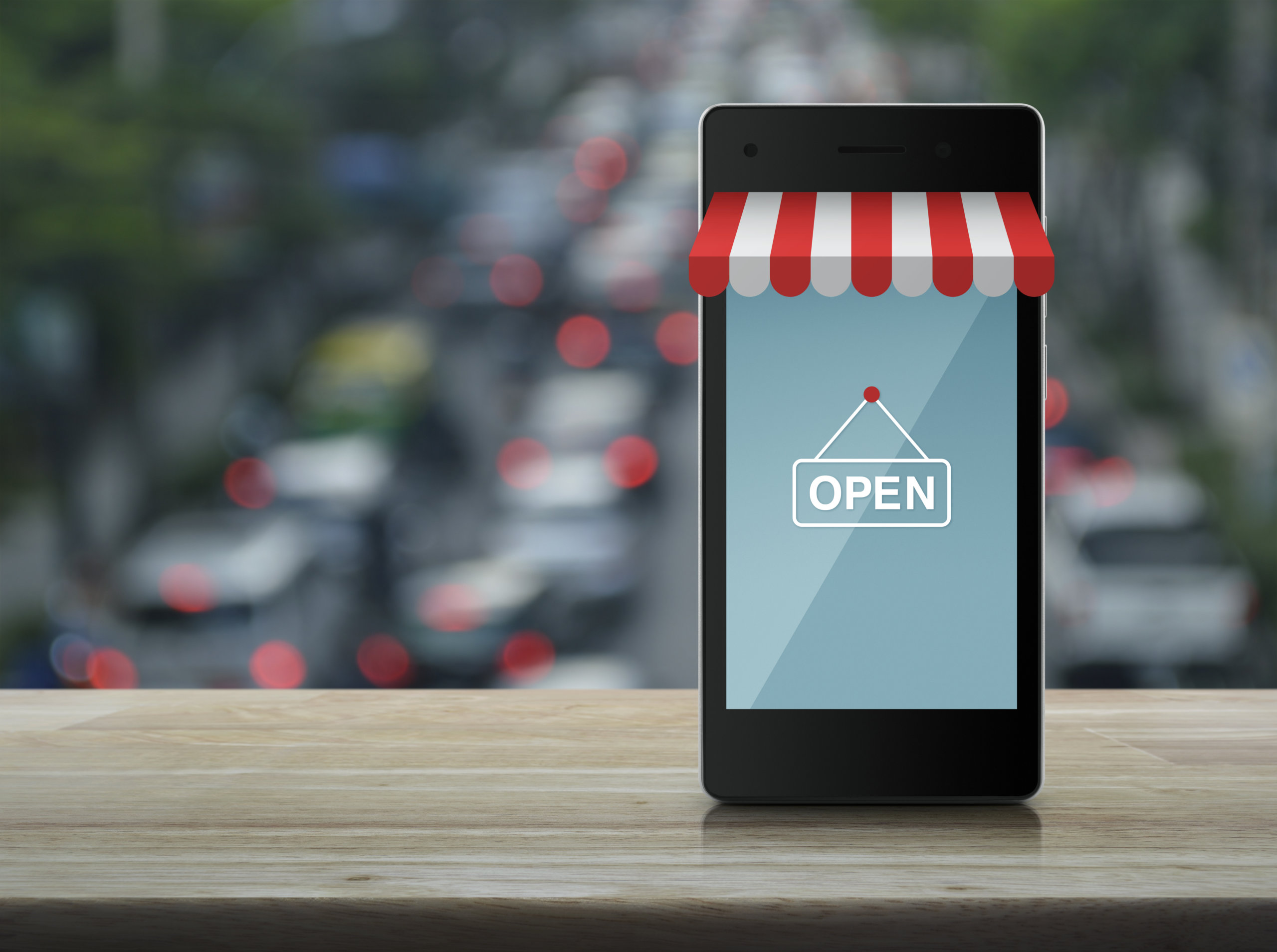
When the U.S. began locking down to slow the spread of the coronavirus, Amazon, grocery stores, and wholesale stores like Costco saw an enormous uptick in consumers wanting to buy a few select items.
On Amazon, during the week of April 12th to 18th, the top ten search queries were face masks and N95 masks, hand sanitizer, paper products like paper towels and toilet paper, and sanitizing solutions like Lysol spray and Clorox wipes. So many people bought face masks that April’s new #1 selling product on Amazon was “Face Mask, Pack of 50”.
This trend occurred across every single consumer- and business-facing industry and vertical. Consumers started behaving erratically literally overnight, and they haven’t stopped behaving abnormally, creating a massive problem for companies who employ artificial intelligence (AI) and machine learning models.
A New Normal
“It’s an incredible transition in the space of five days,” says CEO of Nozzle Rael Cline. Nozzle is a firm helping Amazon sellers predict their consumers’ behavior using algorithmic advertising.
These changes have affected AI applications, like Nozzle, creating hiccups for their developers and their users. In verticals like inventory management, marketing, fraud detection, and more, AI algorithms are noticing more abnormalities than usual. Because these applications were trained on human behavior, they are able to detect slight changes and variations due to changes in the environment or economy. But this isn’t normal human behavior. As a result, many algorithms are no longer working as they should.
Cline points out that the Covid-19 crisis has unveiled how much AI is intertwined with our lives, habits, and daily rituals. AI is being changed by our weird behavior, but our new behavior is also changing how AI works to change our behavior. It’s a gentle reminder that humans should always remain involved in automated systems and algorithms.
Keeping Up With the Changes
Pactera Edge is a global AI consulting firm, with offices in California, Chicago, and New York City. According to the company, “automation is in tailspin.”
Although machine learning models are developed with room to respond to changes in their inputs, they’re fragile and narrowly-targeted. When the input differs too much from the training data, the algorithm can completely fall apart. Rajeev Sharma is a global VP at Pactera Edge. He says AI isn’t a “set it and forget it” technology; it’s a “living, breathing engine.”

A sauce and condiment company in India was severely affected by the virus outbreak when multiple bulk orders came in overnight. The company’s automated inventory management system broke the predictive algorithms. No longer was the company restocking correctly: the algorithm had never seen such a spike in its history, and it couldn’t reconcile the reality of the situation, so it behaved incorrectly.
Another company is using AI to find the sentiment of news articles to provide investment strategies and recommendations based on consumer sentiment. However, because the news has been more doom-and-gloom than usual, the AI is giving more skewed advice.
A streaming firm with a large subscriber base is having trouble with its AI providing adequate recommendations because the subscriber count suddenly increased over the course of a few days and current subscribers were streaming more content than they were before.
Better Historical Training Data
More and more companies are using machine learning algorithms to provide personalized content and recommendations to their users, but many of these companies lack the know-how required to maintain and tweak the algorithms. Worst case scenario, if your algorithm needs to be completely retrained, you’ll need to hire an expert to make the change.
Sharma believes that more machine learning applications should be trained on as much historical data as possible. Although the 2008 stock market downturn contains a lot of good data about an economic recession, data from the Great Depression gives algorithms more extreme data to train on. In fact, using this pandemic for training data can help us develop even better machine learning algorithms.
At Amazon, where 2.5 million third-party sellers provide products to millions of users, the AI is changing based on shipping demands and logistics, consumer sentiment and trends, and the ongoing situation of the outbreak. The company is making changes to its algorithms to prevent any customer or seller issues.
For example, even though most sellers rely on Amazon to fulfill their orders, Amazon has been promoting sellers who can fulfill their own orders. This helps Amazon’s warehouses spread their load more evenly, and it gives warehouse workers a much-deserved mental and physical break.

More Humans to Watch Over Machines
As a rule, AI and machine learning should only be implemented if there is a dedicated team working to keep an eye on things. Cline hopes that the virus outbreak has shown companies that automated systems always need a team of humans to keep everything running smoothly. “An algorithm would never pick some of this stuff up,” he says, “You need a data science team who can connect what’s going on in the world to what’s going on the algorithms.”
The pandemic has turned the world upside down, but many experts see a silver lining: AI and machine learning algorithms can be designed better and made more resilient.





